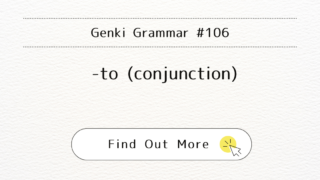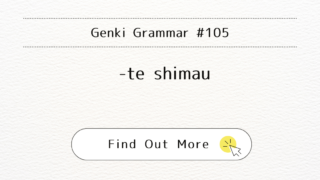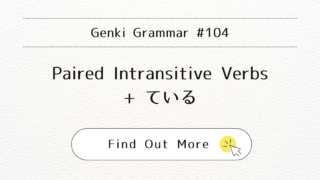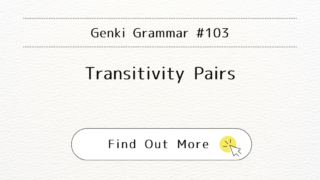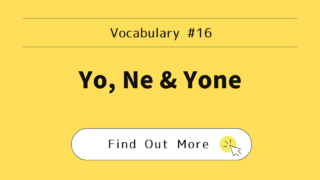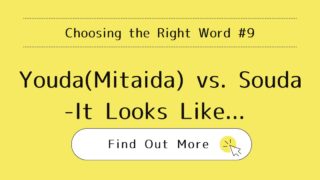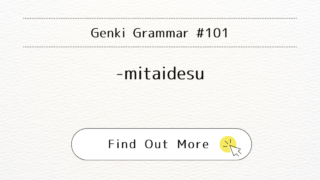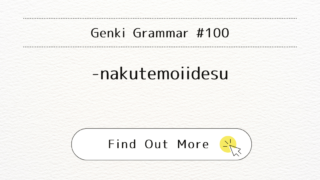 Journey to Japanese Mastery
Journey to Japanese Mastery Genki Grammar #107: Mastering -nagara
Learn how to use -ながら (-nagara) to express two actions performed at the same time with Genki Grammar #107: Mastering -nagara. Understand the rules and common mistakes with easy-to-follow examples.

